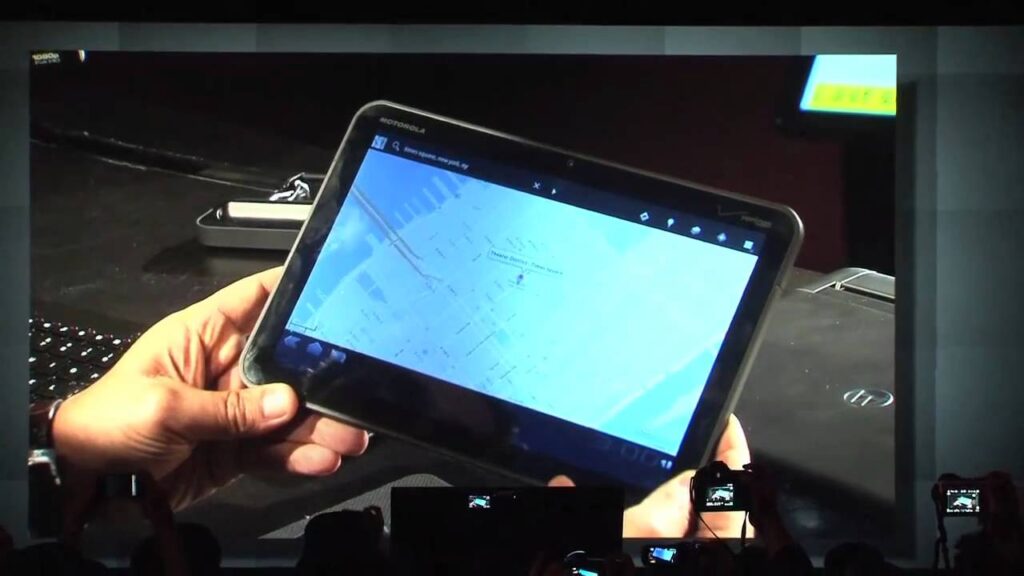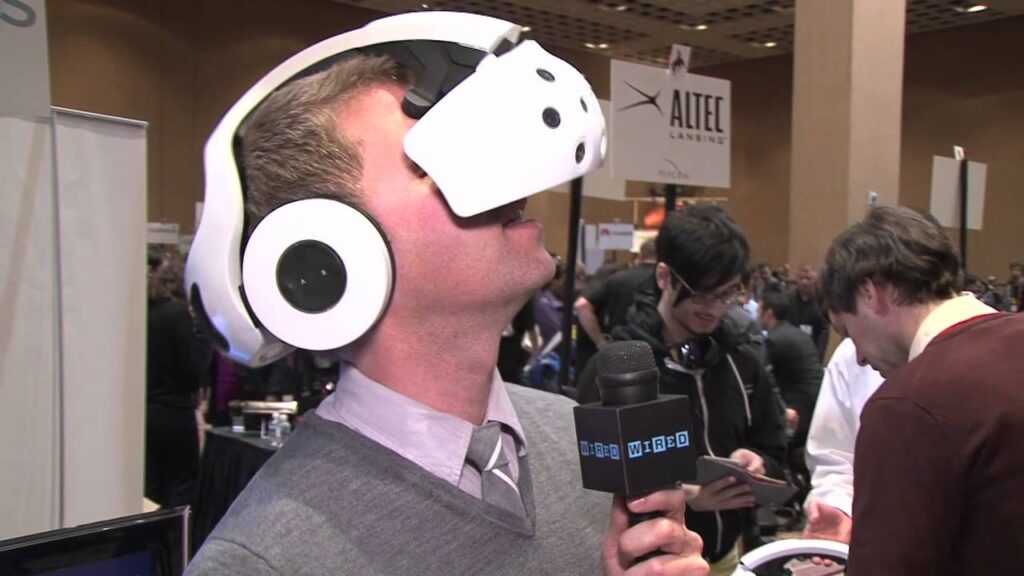Eating in Space: What’s different?
Summary
Former astronaut Mike Massimin explains how food is different in space. Astronauts have two types of meals: ready-to-eat meals and irradiated food. Refrigerated fresh food is limited, and astronauts eat fruits and vegetables within a few days. Food must be compact and easy to prepare, and it must taste good. The consistency of the food is important because crumbs can float and cause problems. Eating in space is different from eating on Earth. Future space missions may require growing food to be possible.
Table of Contents:
- Introduction
- What is the food like in space?
- What is the process for food in space?
- How do astronauts prepare their food?
- What challenges do astronauts face when eating in space?
- What are the options for drinks in space?
- What about the future of food in space?
- Conclusion
Introduction:
Exploring space and spending time in low-gravity environments is a crucial stepping stone for future space exploration. Astronauts and researchers are exploring new technologies to make long distance space travel possible. However, astronauts face a number of unique challenges, including what they eat. In this article, we will discuss how food in space differs from food on Earth.
What is the food like in space?
Food for astronauts is prepared by a food technologist in a food lab at the Johnson Space Center. Astronauts rate the food on a scale of one to nine at the food lab. There are two types of meals: ready-to-eat meals and irradiated food. Irradiated food can be heated, but it is not as good as fresh food. Astronauts have a choice of meals for six months, and they can choose what they want to eat each day. Refrigerated fresh food is limited, and astronauts eat fruits and vegetables within a few days.
What is the process for food in space?
Astronauts have a wide choice of foods to eat, but these foods need to meet specific requirements. The food must be compact and easy to prepare, and it must taste good. The consistency of the food is important because crumbs can float and cause problems, and it must be liquidy with a surface tension to stick to spoons. Once chosen, food is placed in sealed packages with valves to allow food and water into the packaging. Most foods have Velcro on their packaging to help keep them in place during mealtime in microgravity. Wet trash is separated from dry trash and stored separately.
How do astronauts prepare their food?
Astronauts use simple tools to prepare their food in space. They use a scissors to open the packages and spoons to eat everything. Most foods need to be rehydrated before they’re consumed. Heating food in space is different than heating food on Earth, so most astronauts choose to eat their meals at room temperature.
What challenges do astronauts face when eating in space?
Eating in space is different than eating on Earth. Astronauts tend to experience a stuffy nose because body fluids tend to rise to their upper extremities instead of being held down by gravity. This can affect the taste and the aroma of food. Additionally, eating in microgravity is challenging because food can float away. As a result, the consistency of the food is important so that it can stick to the spoons.
What are the options for drinks in space?
Drinks are sipped through straws with locks to prevent drinks from leaking in the spacecraft. Astronauts have drink choices that include coffee, tea, sports drinks, and juices. Drinking water is also available.
What about the future of food in space?
Growing food in space is a crucial technological development for future long-distance travel where carrying all necessary food is not feasible. Research is being conducted on ways to grow food with limited water, such as aeroponic and hydroponic techniques, even on the ground. These techniques have not only space applications but also address global problems of lack of clean water or good soil. Food’s nutritional and psychological benefits are crucial for astronauts on long voyages. Astronaut ice cream is not a viable food option, and people are not expected to eat it in space.
Conclusion:
Food is essential to the survival and well-being of astronauts in space. In order to make long distance space travel possible, researchers and scientists are exploring new technologies to grow and prepare food in space. The challenges that astronauts face when eating in microgravity require food to be canned, dehydrated, and irradiated. Future space missions may see astronauts growing plants and raising animals in space to have access to fresh food. The future of food in space is exciting, and we look forward to seeing how it develops over the years.







